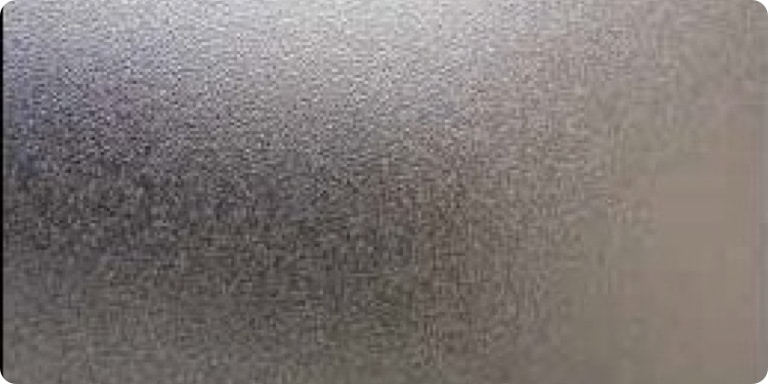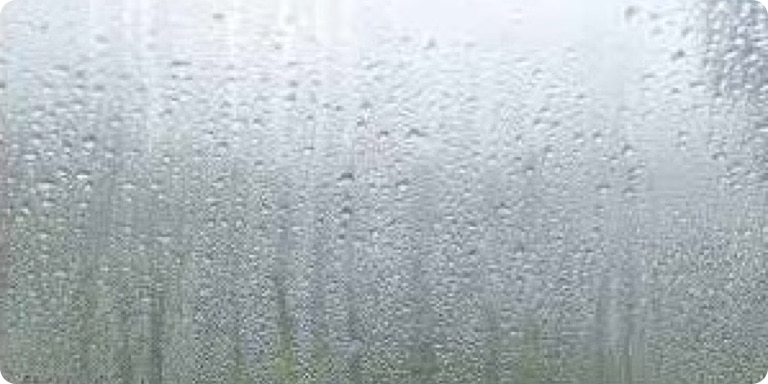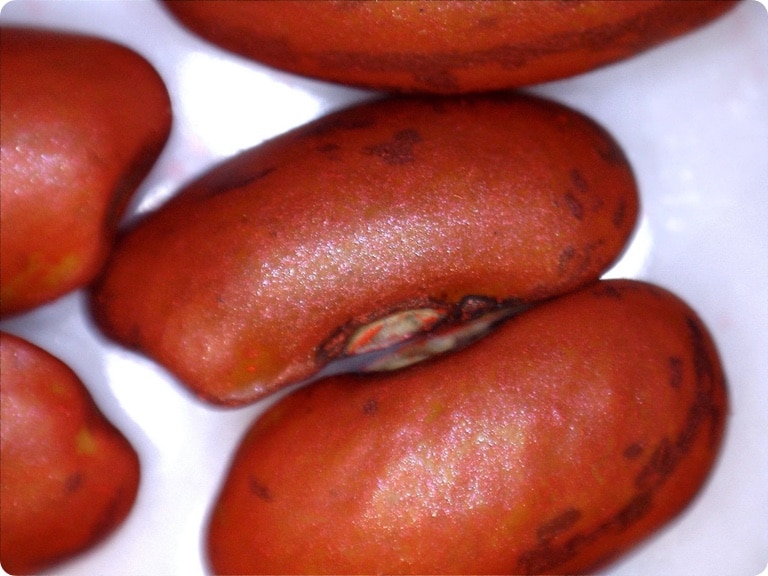Research & Development
Filmcoating to Saturation Point
Filmcoating is an essential process in seed treatment, ensuring that Biostimulants, nutrients, or plant protection products stick effectively to the seed surface. However, applying too much coating liquid can be counterproductive. If the saturation point is exceeded, excess liquid will not stick to the seed and instead accumulate in the equipment, causing uneven coverage and operational inefficiencies. Understanding and controlling the saturation point is crucial for achieving optimal results in seed coating.
“Saturationpoint: To reach a stage were no more can be added, contained, or accepted.”
Why is reaching the saturation point critical in the filmcoating process?
Studies have shown that exceeding the saturation point results in excess filmcoating liquid remaining in the machine, container, or bag. This leads to large uncoated areas on the seeds, leaving them unprotected. By achieving optimal saturation, the seeds receive full coverage, ensuring better protection and effectiveness of the applied treatment.

Undersaturated
Here you can see that the window contains many “bubbles and gaps” that are not filled with moisture. As a result, the window is not fully saturated.

Optimal saturation
This is a window with optimal saturation. The surface is smooth and free from any “holes or bubbles,” indicating it has reached its optimal saturation.

Oversaturated
Van der Waals’ force turnes the condense into droplets. The surface of the window is showing a lot of gaps and holes; this window is oversaturated.
What Are the Advantages of Filmcoating to the Saturation Point?
- Maximum Coverage – Ensuring the filmcoating liquid is evenly distributed over the seeds maximizes the benefits of biostimulants, nutrients, or plant protection products.
- Prevents Clumping – Proper saturation prevents seeds from sticking together, reducing the risk of double sowing.
- Cleaner Filmcoating Machine – Minimal residual filmcoating liquid in the equipment significantly reduces cleaning time.
- Cleaner Conveyor Belt – With optimal saturation, seeds do not stick to the conveyor belt, preventing unnecessary seed loss.
- Neat and Professional Packaging – Bags, cans, and containers remain clean and free from filmcoating residue, presenting a more professional appearance to customers.
By controlling the saturation point, you enhance seed protection, optimize application efficiency, and maintain a cleaner working environment, ultimately improving both product quality and operational performance.
Compare and see

Filmcoat on beans above saturation point

Filmcoat on beans to saturation point